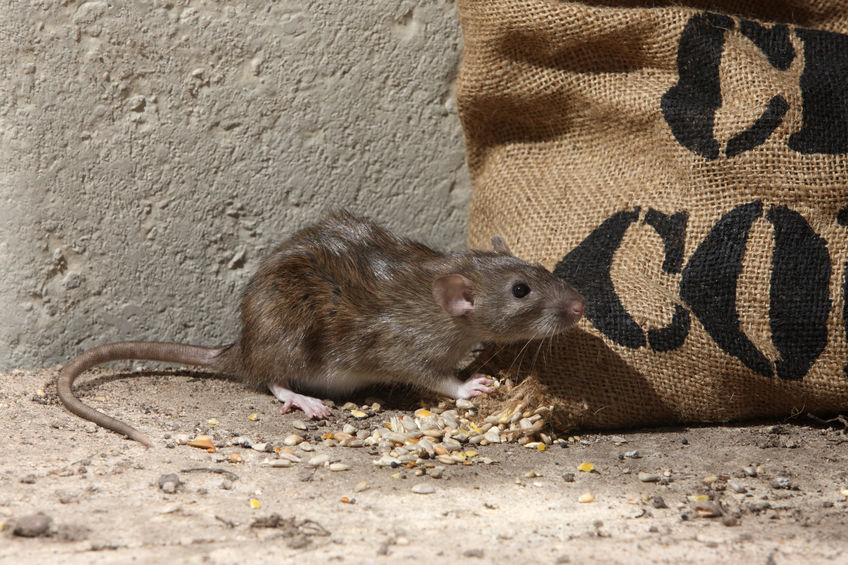Rodents can spread 200 different pathogens and 35 diseases to humans. While rodents are a problem year-round, they invade an estimated 21 million U.S. homes each fall and winter, making proper identification crucial to preventing an infestation.
To help homeowners spot and stop an infestation before it can take hold, Payne Pest Management is sharing the top six signs could mean one is lurking behind the walls:
- Droppings: Fecal pellets are often left behind in places where food is stored, such as the kitchen, cabinets or pantries, as well as under sinks, inside cardboard boxes and along baseboards.
- Gnaw Marks: Rodents can chew through almost any type of material, including plastic and lead pipes, to obtain food or water. House mice and Norway rats are also known to gnaw on wires behind walls, increasing the risk of fire in the home.
- Nest: Rodents prefer to nest in dark, secluded areas where there is little chance of disturbance. House mice like to build nests out of items like shredded paper products, cotton, wall insulation and fabrics.
- Tracks or Rub Marks: Rats tend to leave dark grease or dirt marks from their oily fur along walls and floorboards as they follow a trail throughout the home between their nest and food.
- Strange Noises: Hearing strange noises in the wall, especially at night, can be a bit concerning. Chances are these sounds can be attributed to a family of rodents scurrying about the house, between the walls and up in attics. Rodents love dark, secluded spots to build nests.
- An Actual Rodent: Mice can breed rapidly, so if you spot one, it’s likely there are more. In fact, a female house mouse can give birth to a half dozen babies every three weeks, up to 35 young per year.







